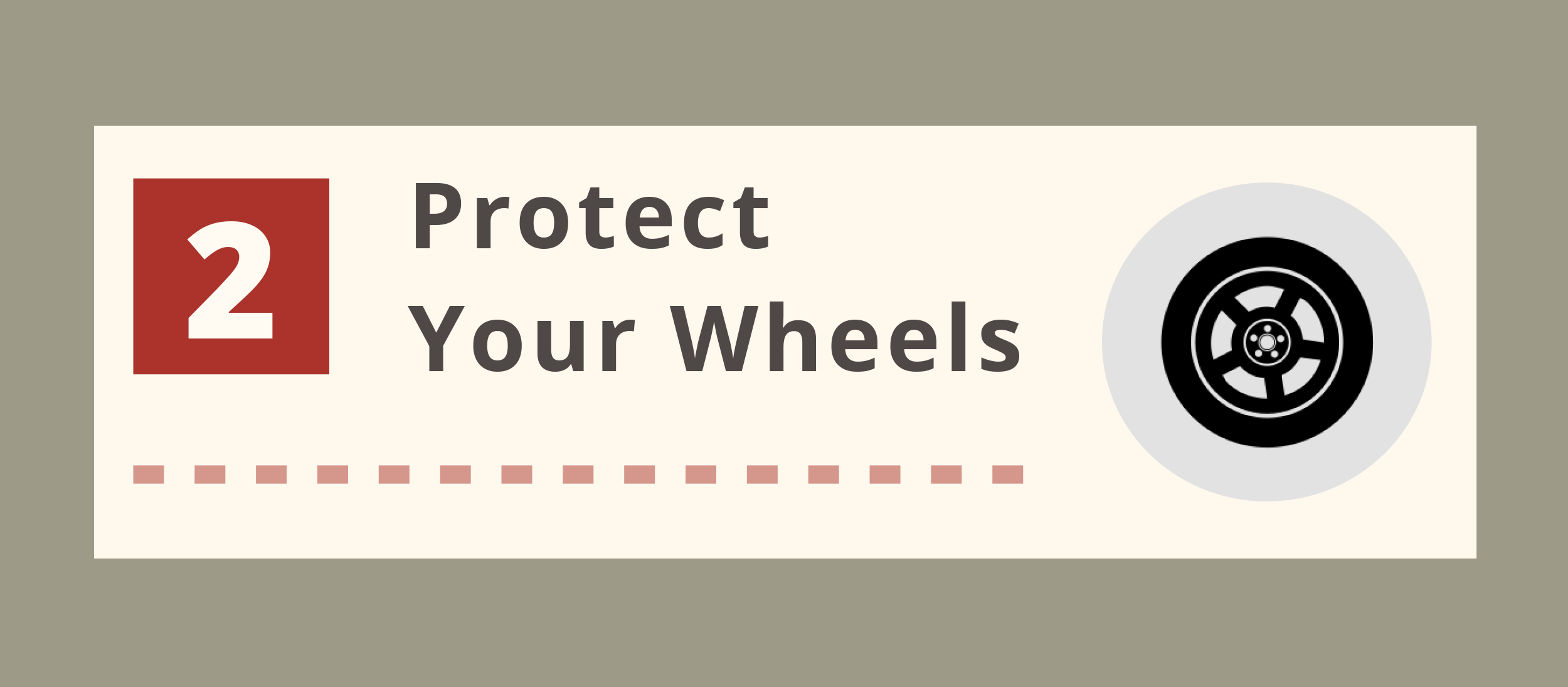 Spend a single day in Arizona in the middle of summer and you’ll know what all the fuss is about. When natives say it gets unreasonably hot in the desert, it’s no joke – it’s a warning. Severe temperatures like the ones you’ll find in Arizona and the rest of the Southwest are capable of doing serious damage to an RV.
Spend a single day in Arizona in the middle of summer and you’ll know what all the fuss is about. When natives say it gets unreasonably hot in the desert, it’s no joke – it’s a warning. Severe temperatures like the ones you’ll find in Arizona and the rest of the Southwest are capable of doing serious damage to an RV.
From overheating tires to drying out interior components, a heat wave can end up costing you quite a lot. If the thermometer creeps into triple digits, it’s important to protect yourself and your investment, so here are six quick tips for hot weather RVing.

If you’re taking an extended trip through the Southwest, invest in a tire pressure monitoring system. Providing real-time readouts on the pressure and temperature of up to 22 tires (especially inside duals), one of these systems can mean the difference between fixing a flat on the side of the road and flipping burgers at sunset at the campsite.

Going one step further, be sure to cover all tires if you’re parked for more than one day at a time. It’s never a good idea to leave tires exposed to violent UV rays and scorching temps. The will dry up and start to crack known as weather checking and you’ll never know when they might blow. You wouldn’t let your bare feet bake in the sun for 8 hours, would you?

Do yourself a favor and crack the windows and roof vents. Proper airflow is essential for maintaining a livable temperature during the night. Particularly in more humid regions of Texas, letting that hot air escape can also prevent moisture damage to the interior. A power roof vent and protective cover moves air out of the RV and keeps any rain from coming inside if you’re out sightseeing.

RV refrigerators operate different than residential models, they heat a solution that travels through tubes which absorbs heat in the compartments rather than pumping cool air inside. During extremely hot weather, it a challenge for absorption refrigerators to produce the heat required to “pull” heat out of the unit and exhaust that heat out the refrigerator vent. Plan ahead, park your RV in a spot that does not expose the sidewall with the refrigerator to the sun during the hottest part of the day.

No matter where you’re headed, search for cover. A well-parked RV can make a huge difference in comfort. You don’t necessarily have to fight for space under the only tree in the campground—instead park near hillsides and taller structures that you know will provide relief at key parts of the day. Seasoned RVers understand the travel of the sun during each season and position their RV accordingly. They know temperatures in the morning are much lower, high noon is beating directly down but not always the hottest temps, and more important…went the sun starts to set at late afternoon/early evening is the heat and glare directed at the prime real estate of their RV…the patio!

Cut no corners when it comes to caring for your animals during the summer months. If you can’t remember the last time the dog had water, give him a little more. Watch for signs of heat exhaustion, and never ever leave a pet unattended in a hot RV, even if you’ve left on the air conditioning.
Finally – this one isn’t on the list because it should be a no-brainer – prepare for emergencies. It may sound dramatic, but with extremely hot weather, you can never be too careful. Prior to hitting the road for the Grand Canyon, guarantee that you have a complete first aid kit, working fire extinguisher, spare tires, and functional smoke and carbon monoxide detectors.
And just a quick tip: if you’re heading through the desert, bring both warm and cold weather clothing, as you’ll likely experience drastic swings in temperature. Many campgrounds and RV service stations in the Southwest are located more than one hundred miles apart, so if you run into trouble somewhere in the middle, you’ll be glad you planned ahead.
Is it supposed to have a spare tire.
Renovation
I have one 12 volt (maintenance free) battery, two 30lb propane tanks and a Patriot 1800 generator with two 100watt portable solar panels. I want to be able to camp for at least a week without electricity and prefer solar to gas. What do I need?
what brand/model tire pressure monitoring system you recommend for 36 foot RV 6 wheels and 2 wheel 10 foot trailer you link to the tire pressure monitoring in this article didnt work
The refrigerator does not get super cold
The adhesive holding two large wood panels inside my trailer has dried up and the panels are separating from the wall. The wood grain tape that was used is also dried and no longer has any stickiness. What type of adhesive can I use to put the panels up and in place? I have called and emailed the company but haven’t received any response. Thank you.
You're not kidding about the tire cover. I just learned the hard way. Barely got the nipples off the tires and they've dry rotted from the sun. Hey, there's a 9pin (looks like the old vga monitor) plug on the control panel. Under it ut says maintenance. Is this a type of OBD reader ug? Thanks in advance.
Do you have any information on a 1967 Airflow,it would sure help me.
The unit smells hot.
Over heat and shut down during driving through the desert!